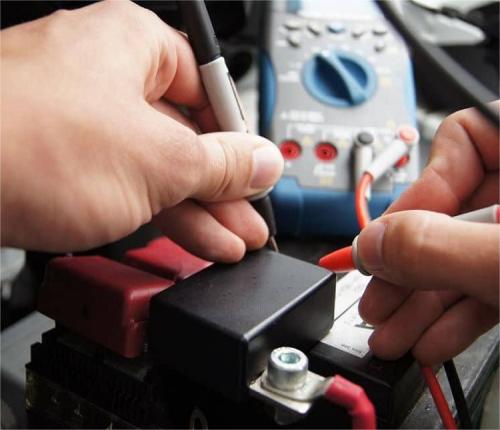Lithium-Ion Battery Care Guide
With the start of large-scale manufacturing of power batteries, safety issues have become the sword of Damocles hanging over the industry and need to be resolved urgently.
Battery safety can generally be summarized into the following three levels: inherent safety of battery cells, different levels of protection safety, and (relatively) acceptable safety of regulations/standards. At present, inherent safety of battery cells is still the priority issue to be solved for battery safety.
An important method to measure the inherent safety of battery cells is to force them to have an internal short circuit, test whether they catch fire or explode, and the voltage drop and temperature rise of the battery cells.
I. The significance of forced internal short circuit testing of battery cells
There are many factors that cause internal short circuits of battery cells, including the characteristics, development and design of the diaphragm, manufacturing process, packaging and transportation, assembly and application, use, maintenance and reuse of the diaphragm, etc. These scenarios may cause indirect or direct internal short circuits of the battery cells. The forced internal short circuit test of battery cells is to verify whether the battery cells have internal short circuits and whether they will catch fire or explode when internal short circuits occur by simulating extreme situations, and then identify the inherent safety characteristics of the battery cells and the safety characteristics of the battery system.
II. Application of mandatory internal short circuit test for battery cells
Most battery standards specify mandatory internal short circuit test for battery cells. At the same time, many battery and battery application product brands use this test item as a corporate specification. Mandatory internal short circuit test for battery cells is widely used in the compliance evaluation of battery cell materials, development, design, process, and even battery modules and battery systems.
III. Standards for forced internal short circuit test of battery cells
IEC 62133-2:2017/AMD1:2021 (portable batteries)
Appendix 9 (edition 1) (portable batteries)
JIS C 62133-2:2020 (portable batteries)
IEC 62660-3:2016 (power batteries)
IEC 62619:2017 (industrial and energy storage batteries)
IV. Methods for forced internal short circuit test of battery cells (IEC 62133-2)
1. Pretreatment of battery cells
1) The battery cells need to be charged according to the method recommended by the manufacturer at 20 °C±5 °C, and then discharged at 0.2 It A to the discharge cut-off voltage specified by the manufacturer;
2) The battery cells are placed at the upper and lower charging temperatures defined by the manufacturer for 1-4 hours;
3) The battery cells are charged at the maximum charging current and upper charging voltage until the current is reduced to 0.05 It A.
2. Disassembly of the battery cell
The disassembly of the battery cell is a key step in the forced internal short circuit test of the battery cell, but it is also extremely challenging and controversial.
3. Extrusion of the core
1) After the surface temperature of the core is stable within 2 degrees of the upper and lower limit temperatures of the charge, prepare for extrusion;
2) The press is pressed against the core at a speed of 0.1 mm/s, while monitoring the core voltage at a speed of more than 100 times per second;
3) When an internal short circuit is detected to cause a voltage drop, the extrusion should be stopped immediately, and the press should be kept in this position for 30 seconds before releasing the pressure. If the voltage drops by more than 50 mV compared to the initial voltage, it is determined that an internal short circuit has occurred. Before the voltage drop reaches 50 mV, if the pressure reaches 800 N (cylindrical battery) or 400 N (square battery), the extrusion is stopped immediately.
V. Compliance judgment
No fire during the test (the company may have more stringent acceptance standards).







